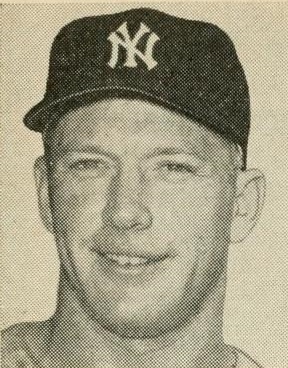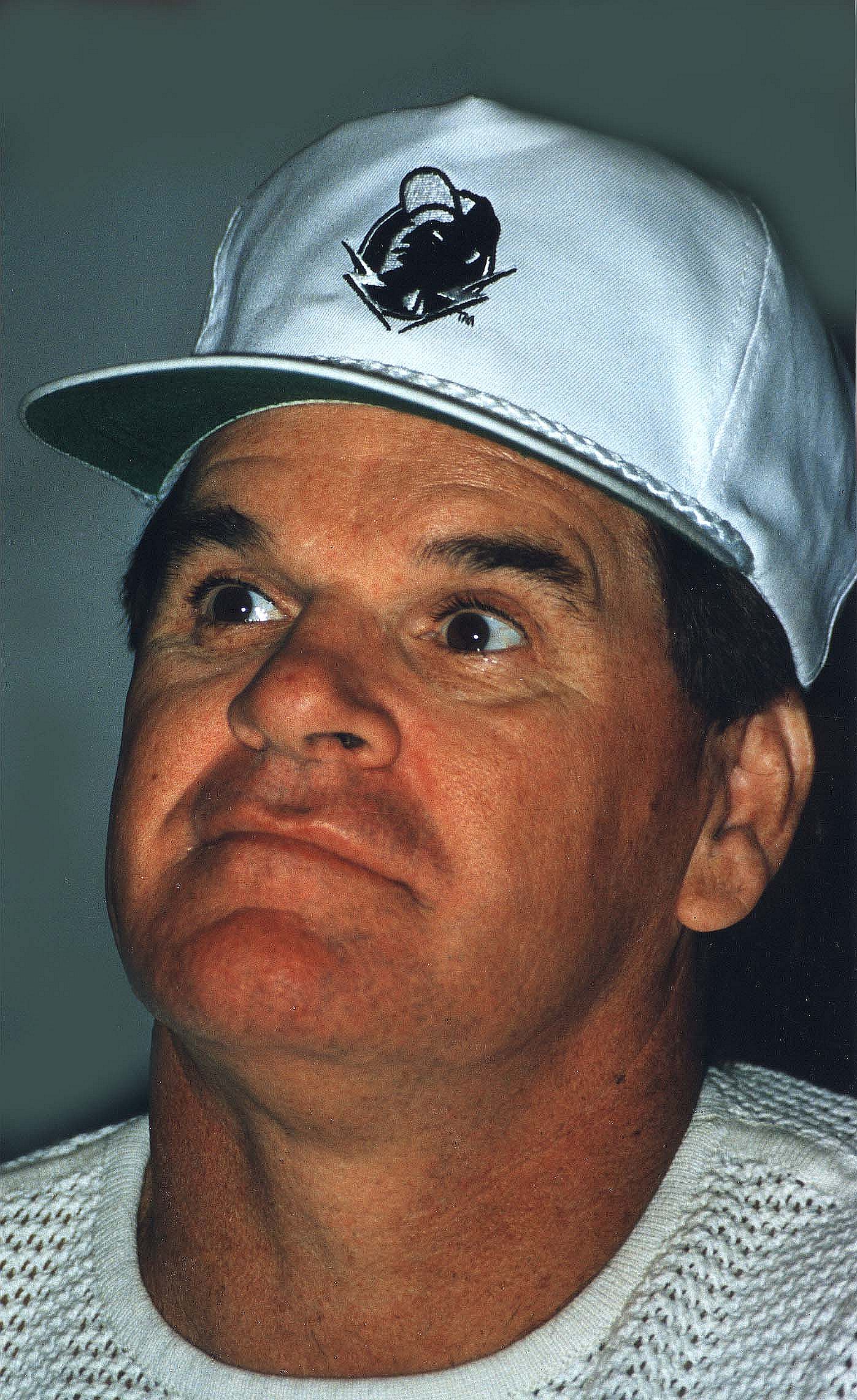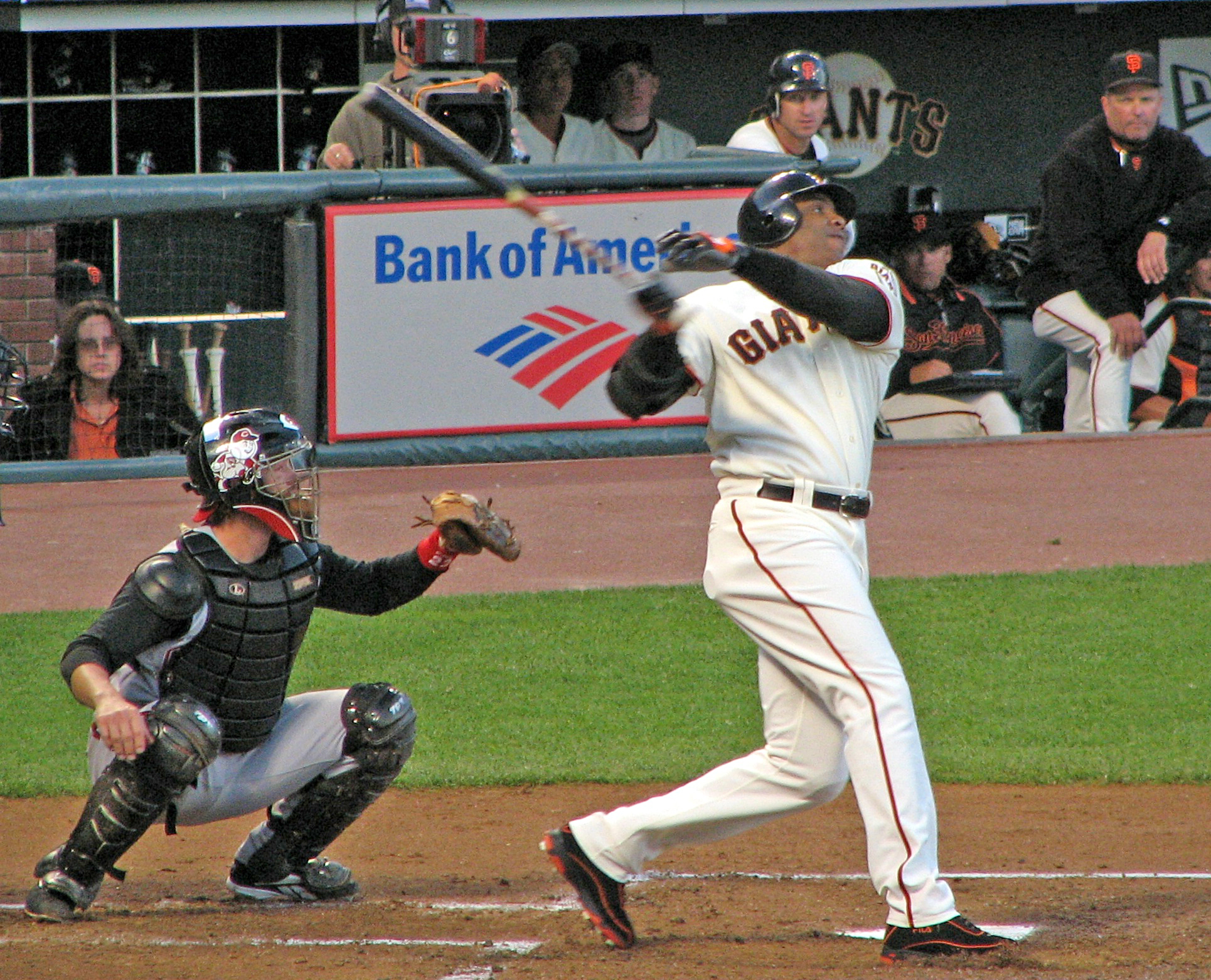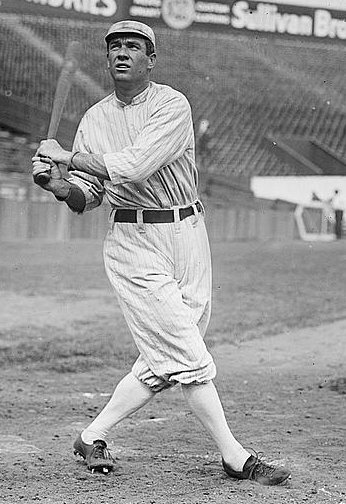|
Kite Thomas
Keith Marshall "Kite" Thomas (April 27, 1923 – January 7, 1995) was an American professional baseball outfielder during the 1940s and 1950s. He appeared in 137 games in Major League Baseball (MLB) as a member of the Philadelphia Athletics (1952–53) and Washington Senators (1953)."Kite Thomas Statistics and History" ''baseball-reference.com''. Retrieved 2011-02-13. The native of , threw and batted , stood tall and weighed . Thomas attended |
Outfielder
An outfielder is a person playing in one of the three defensive positions in baseball or softball, farthest from the batter. These defenders are the left fielder, the center fielder, and the right fielder. As an outfielder, their duty is to catch Batted ball, fly balls and ground balls then to return them to the infield for the out or before the runner advances, if there are any runners on the Baseball, bases. Outfielders normally play behind the six Baseball positions, defensive players located in the infield: the pitcher, catcher, first baseman, second baseman, third baseman, and shortstop. The left fielder and right fielder are named based on their positions relative to the center fielder when looking out from home plate, with the left fielder positioned to the left of the center fielder and the right fielder positioned to the right. By convention, each of the nine defensive positions in baseball are numbered. The outfield positions are 7 (left fielder), 8 (center fielder) and ... [...More Info...] [...Related Items...] OR: [Wikipedia] [Google] [Baidu] |
Kansas City Blues (American Association)
The Kansas City Blues were a minor league baseball team located in Kansas City, Missouri, in the Midwestern United States. The team was one of the eight founding members of the American Association.1929 Kansas City Blues from the website The Blues did not field particularly competitive teams until 1918, when they won the AA pennant. The team won again in 1923, and again in 1929. They won the Junior World Series championship both years, defeating the |
Waivers (baseball)
Major League Baseball transactions are changes made to the roster of a major league team during or after the season. They may include waiving, releasing, and trade (sports), trading players, as well as assigning players to Minor League Baseball, minor league teams. Active, expanded, and postseason rosters As of the 2022 season, each Major League Baseball team maintains a 26-man active roster, a 28-man expanded roster, and a 40-man reserve list of players. Players on the 26-man roster are eligible to play in official Major League Baseball, major league games throughout the season. The 40-man reserve list includes the players on the 26-man roster plus as many as 14 players who are either on the team's seven-, ten-, fifteen-, or 60-day injured list, who are on paternity leave for up to three days, or who are in the franchise's farm teams in Minor League Baseball. From September 1 through the end of the Major League Baseball schedule#Regular season, regular season, each team is requi ... [...More Info...] [...Related Items...] OR: [Wikipedia] [Google] [Baidu] |
Single (baseball)
In baseball, a single is the most common type of base hit, accomplished through the act of a batter safely reaching first base by hitting a fair ball (thus becoming a runner) and getting to first base before a fielder puts him out. As an exception, a batter-runner reaching first base safely is not credited with a single when an infielder attempts to put out another runner on the first play; this is one type of a fielder's choice. Also, a batter-runner reaching first base on a play due to a fielder's error trying to put him out at first base or another runner out (as a fielder's choice) is not credited with a single. On a single hit to the outfield, any runners on second base or third base normally score, and sometimes the runner from first base is able to advance to third base. Depending on the location of the hit, a quick recovery by the outfielder can prevent such an advance or create a play on the advancing runner. Hitters who focus on hitting singles rather than ... [...More Info...] [...Related Items...] OR: [Wikipedia] [Google] [Baidu] |
Retrosheet
Retrosheet is a 501(c)(3) non-profit organization whose website features box scores of Major League Baseball (MLB) games from 1906 to the present, and play-by-play narratives for almost every contest since the 1930s. It also includes scores from all major league games played since the 1871 season (the inception of organized professional baseball), as well as every All-Star Game and postseason game, including the World Series, as well as the Negro leagues' East–West All-Star Game and World Series. History Retrosheet informally began in 1989, through the efforts of Dr. David Smith, a biology professor at the University of Delaware, and fellow baseball enthusiasts. Building on momentum begun by writer Bill James' Project Scoresheet in 1984, Smith brought together a host of like-minded individuals to compile an accessible database of statistical information previously unavailable to the general public. Smith originally contacted teams and sportswriters in order to gain a ... [...More Info...] [...Related Items...] OR: [Wikipedia] [Google] [Baidu] |
Inning (baseball)
In baseball, softball, and similar games, an inning is the basic unit of play, consisting of two halves or frames, the "top" (first half) and the "bottom" (second half). In each half, one team bats until three outs are made, with the other team playing defense. A full baseball game is typically scheduled for nine innings, while softball games consist of seven innings, although this may be shortened due to weather, or extended if the score is tied at the end of the scheduled innings. The use of the term ''inning'' in baseball and softball contrasts with cricket and rounders, in which the term is '' innings'' in both singular and plural. Gameplay Each half-inning formally starts when the umpire calls "Play" or "Play ball". A full inning consists of six outs, three for each team, and, in Major League Baseball and most other adult leagues, a regulation game consists of nine innings. The visiting team bats in the first half-inning, the top of the inning, derived from the position ... [...More Info...] [...Related Items...] OR: [Wikipedia] [Google] [Baidu] |
At Bats
In baseball, an at bat (AB) or time at bat is a batter's turn batting against a pitcher. An at bat is different from a plate appearance. A batter is credited with a plate appearance regardless of what happens upon completion of his turn at bat, but a batter is charged with an at bat only if that plate appearance does not have one of the results enumerated below. While at bats are used to calculate certain statistics, including batting average and slugging percentage, players can qualify for the season-ending rankings in these categories only if they accumulate 502 plate appearances during the season. Batters will not be charged an at bat if their plate appearances end under the following circumstances: * Receiving a base on balls (BB).In 1887, Major League Baseball counted bases on balls as hits (and thus as at-bats). The result was high batting averages, including some near .500, and the experiment was abandoned the following season. * Being hit by a pitch (HBP). * Hitting a s ... [...More Info...] [...Related Items...] OR: [Wikipedia] [Google] [Baidu] |
Bases On Balls
A base on balls (BB), better known as a walk, occurs in baseball when a batter receives four pitches during a plate appearance that the umpire calls '' balls'', and is in turn awarded first base without the possibility of being called out. The base on balls is defined in Section 2.00 of baseball's Official Rules, and further detail is given in 6.08(a). Despite being known as a "walk", it is considered a faux pas for a professional player to actually walk to first base; the batter-runner and any advancing runners normally jog on such a play. The term "base on balls" distinguishes a walk from the other manners in which a batter can be awarded first base without liability to be put out (e.g., hit by pitch (HBP), catcher's interference). Though a base on balls, catcher's interference, or a batter hit by a pitched ball all result in the batter (and possibly runners on base) being awarded a base, the term "walk" usually refers only to a base on balls, and not the other methods of re ... [...More Info...] [...Related Items...] OR: [Wikipedia] [Google] [Baidu] |
Home Runs
In baseball, a home run (abbreviated HR) is scored when the ball is hit in such a way that the batter is able to circle the bases and reach home plate safely in one play without any errors being committed by the defensive team. A home run is usually achieved by hitting the ball over the outfield fence between the foul poles (or hitting either foul pole) without the ball touching the field. Inside-the-park home runs where the batter reaches home safely while the baseball is in play on the field are infrequent. In very rare cases, a fielder attempting to catch a ball in flight may misplay it and knock it over the outfield fence, resulting in a home run. An official scorer will credit the batter with a hit, a run scored, and a run batted in (RBI), as well as an RBI for each runner on base. The pitcher is recorded as having given up a hit and a run, with additional runs charged for each base-runner that scores. Home runs are among the most popular aspects of baseball ... [...More Info...] [...Related Items...] OR: [Wikipedia] [Google] [Baidu] |
Triple (baseball)
In baseball, a triple is the act of a Batter (baseball), batter safely reaching third base after hitting the ball, with neither the benefit of a fielder's misplay (see error (baseball statistics), error) nor another baserunner, runner being put out on a fielder's choice. A triple is sometimes called a "three-bagger" or "three-base hit". For baseball statistics, statistical and baseball scorekeeping, scorekeeping purposes it is denoted by 3B. Triples have become somewhat rare in Major League Baseball, less common than both the Double (baseball), double and the home run. This is because it requires a ball to be hit solidly to a distant part of the field (ordinarily a line drive or Fly ball (baseball), fly ball near the Foul line (baseball), foul line closest to Right fielder, right field), or the ball to take an irregular bounce in the outfield, usually against the wall, away from a outfielder, fielder. It also requires the batter's team to have a good strategic reason for wanting ... [...More Info...] [...Related Items...] OR: [Wikipedia] [Google] [Baidu] |
Double (baseball)
In baseball, a double is the act of a batter striking the pitched ball and safely reaching second base without being called out by the umpire, without the benefit of a fielder's misplay (see error) or another runner being put out on a fielder's choice. A double is a type of hit (the others being the single, triple and home run) and is sometimes called a "two-bagger" or "two-base hit". For statistical and scorekeeping purposes it is denoted by 2B. Description Typically, a double is a well-hit ball into the outfield that finds the "gap" between the center fielder and one of the corner outfielders, bounces off the outfield wall and down into the field of play, or is hit up one of the two foul lines. To hit many doubles, a batter must have decent hitting skill and power; it also helps to run well enough to beat an outfield throw. Many of the best double hitting batters were revered for high baseball IQ and the ability to slide well and turn a single into an extra-base h ... [...More Info...] [...Related Items...] OR: [Wikipedia] [Google] [Baidu] |
Hit (baseball)
In baseball statistics, a hit (denoted by H), also called a base hit, is credited to a batting (baseball), batter when the batter safely reaches or passes first base after hitting the ball into fair ball, fair territory with neither the benefit of an error (baseball), error nor a fielder's choice. Scoring a hit To achieve a hit, the batter must reach first base before any fielder can either tag out, tag him with the ball, throw to another player protecting the base before the batter reaches it, or force play, tag first base while carrying the ball. The hit is scored the moment the batter reaches first base safely; if he is put out while attempting to stretch his hit to a double (baseball), double or triple (baseball), triple or home run on the same play, he still gets credit for a hit (according to the last base he reached safely on the play). If a batter reaches first base because of offensive interference by a preceding runner (including if a preceding runner is hit by a batt ... [...More Info...] [...Related Items...] OR: [Wikipedia] [Google] [Baidu] |




